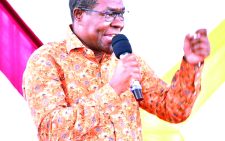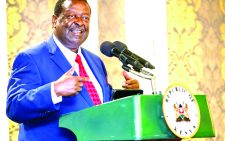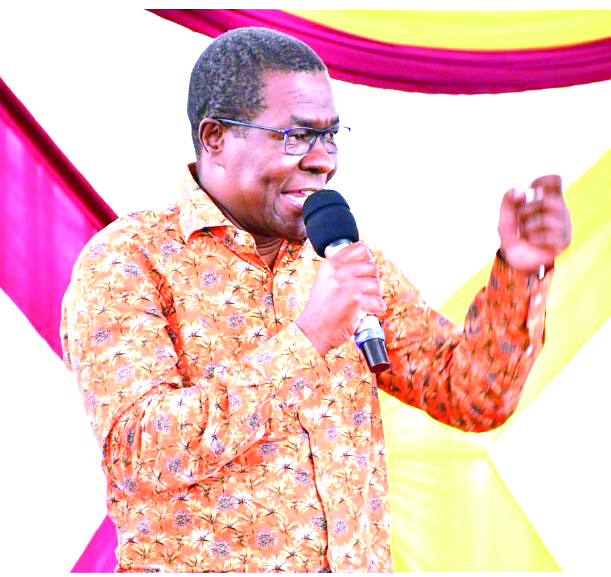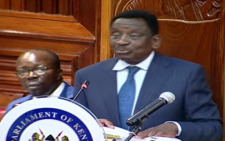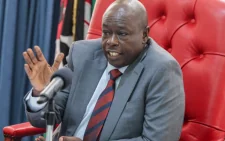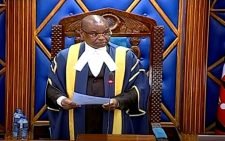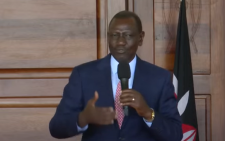The African continent still enjoys a larger percentage of growth despite harsh economic times precipitated by inflation, climate change among other factors.
According to data by the International Monetary Fund (IMF), Africa remains a potential market, especially for young investors.
However, investors looking towards Africa face significant challenges in managing and addressing the continent’s development needs, especially in green energy transition and climate adaptation.
African leaders, according to the data, are making commendable progress in laying the groundwork for economic growth and helping investors realise Africa’s potential.
Geopolitical landscape
The future performance of the region is, however, pegged on the sustainability of infrastructural developments along with factors such as the shifting geopolitical landscape. According to the IMF, Africa’s overall economic growth was a modest 3.2 per cent, compared to Asia’s robust growth rate of nearly 5 per cent.
In countries such as Kenya and Nigeria, currencies tumbled, while the average consumer price inflation rate surged to 17.8 per cent, the highest in more than a decade.
The declining investor sentiment was reflected in the significant downturn in private capital activity.
The data shows some African countries are individually taking a more assertive approach to economic development, localising production within the continent, adding that Democratic Republic of Congo, for instance, is reviewing all of its mining joint ventures with foreign investors.
“The aim is to retain more jobs, revenue, and higher-value mineral activities within the country, bolstering local economic benefits and fostering sustainable growth,” it read in sections.
In a bid to mobilise private capital, African governments are increasingly leveraging blended finance to stimulate investment across the continent. According to data from Convergence, a global platform for blended finance, Egypt has emerged as the most active blended finance market in the MENA region, accounting for nearly 24 per cent of all deals.
The top three sectors targeted by these transactions are financial services, energy and infrastructure. Moreover, The African Development Bank has backed the Nairobi Declaration with a $50mn fund and a $250mn blended finance facility for the ambitious “Desert to Power” solar project in the Sahel region. This initiative aims to generate 10GW of solar power, providing electricity to 250 million people across 11 countries, including 90 million who will gain access to power for the first time.
According to research published in April 2024 by the African Private Capital Association, there were 450 private capital deals in Africa, with a combined value of $5.9bn, marking the largest decline in deal volume in 11 years and a stark 22 per cent drop in value from 2022. Africa however faces the risk of falling even further behind wealthier regions unless it can attract more capital.
Despite the urgent need, investor interest in the continent remains tepid compared to other regional markets.





